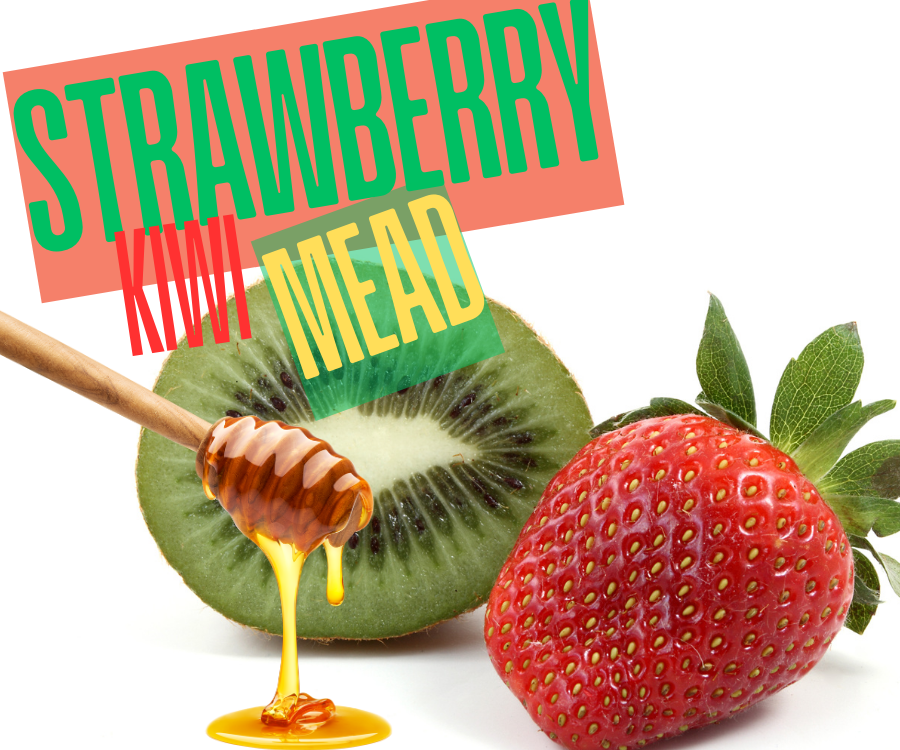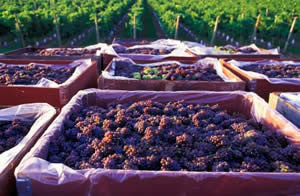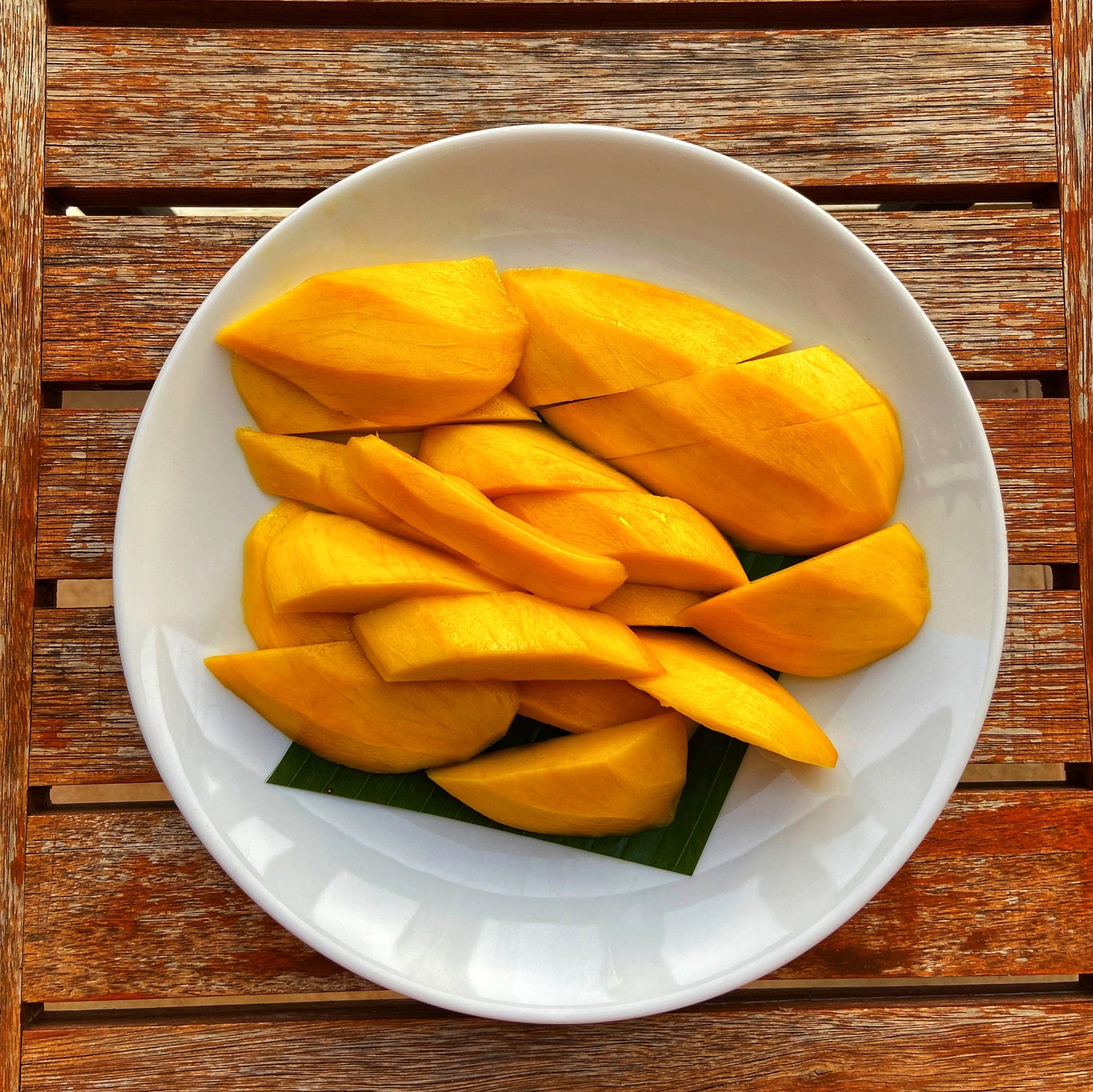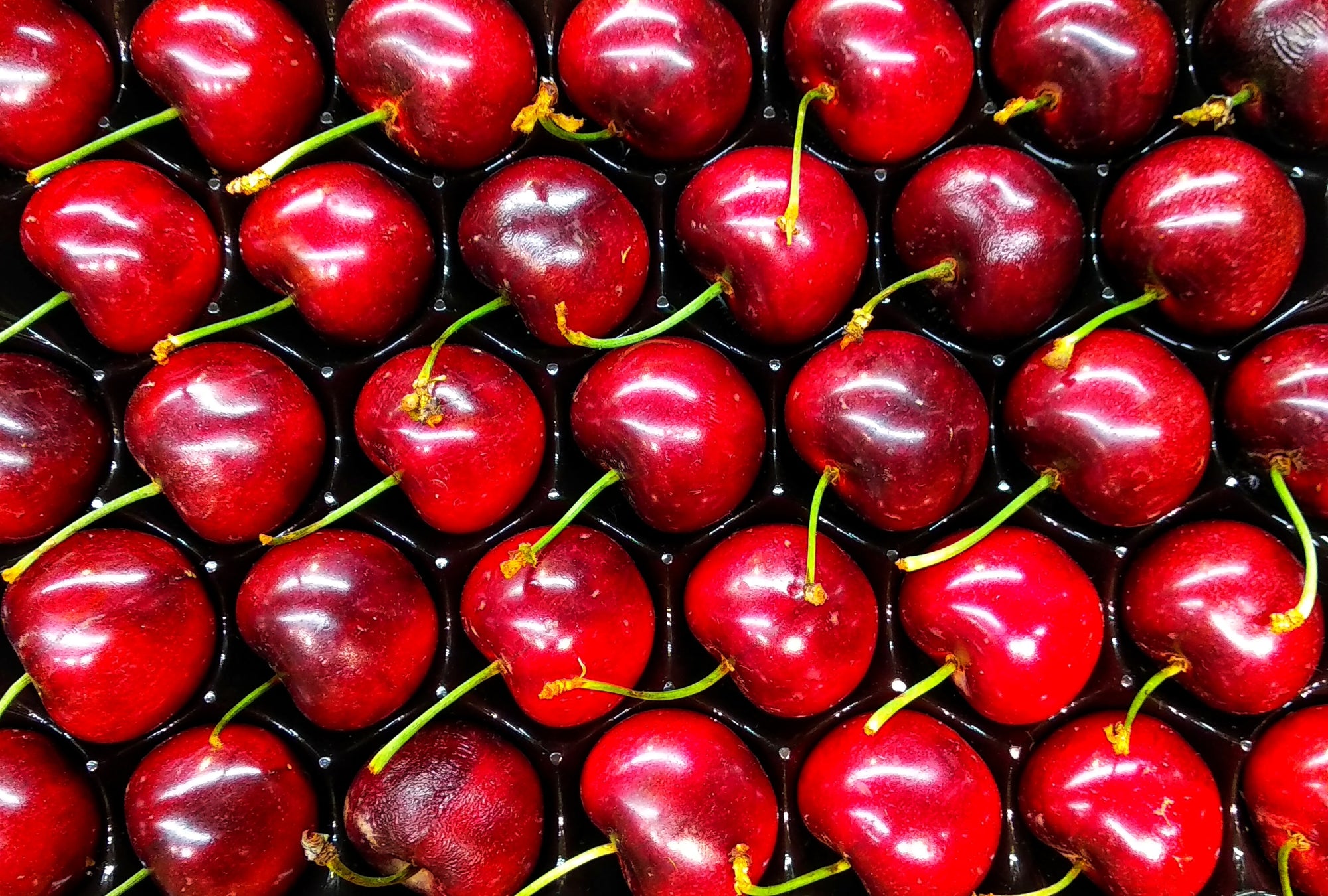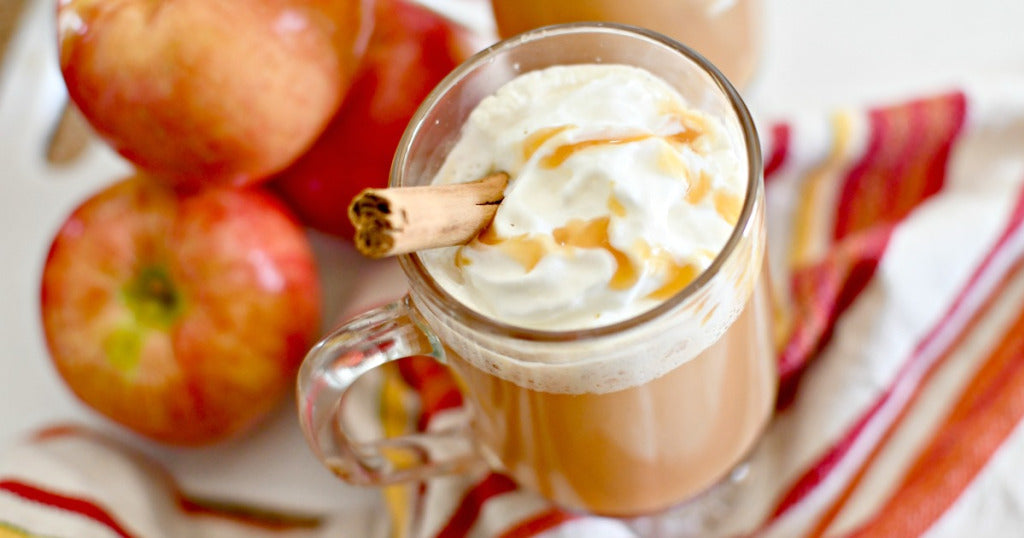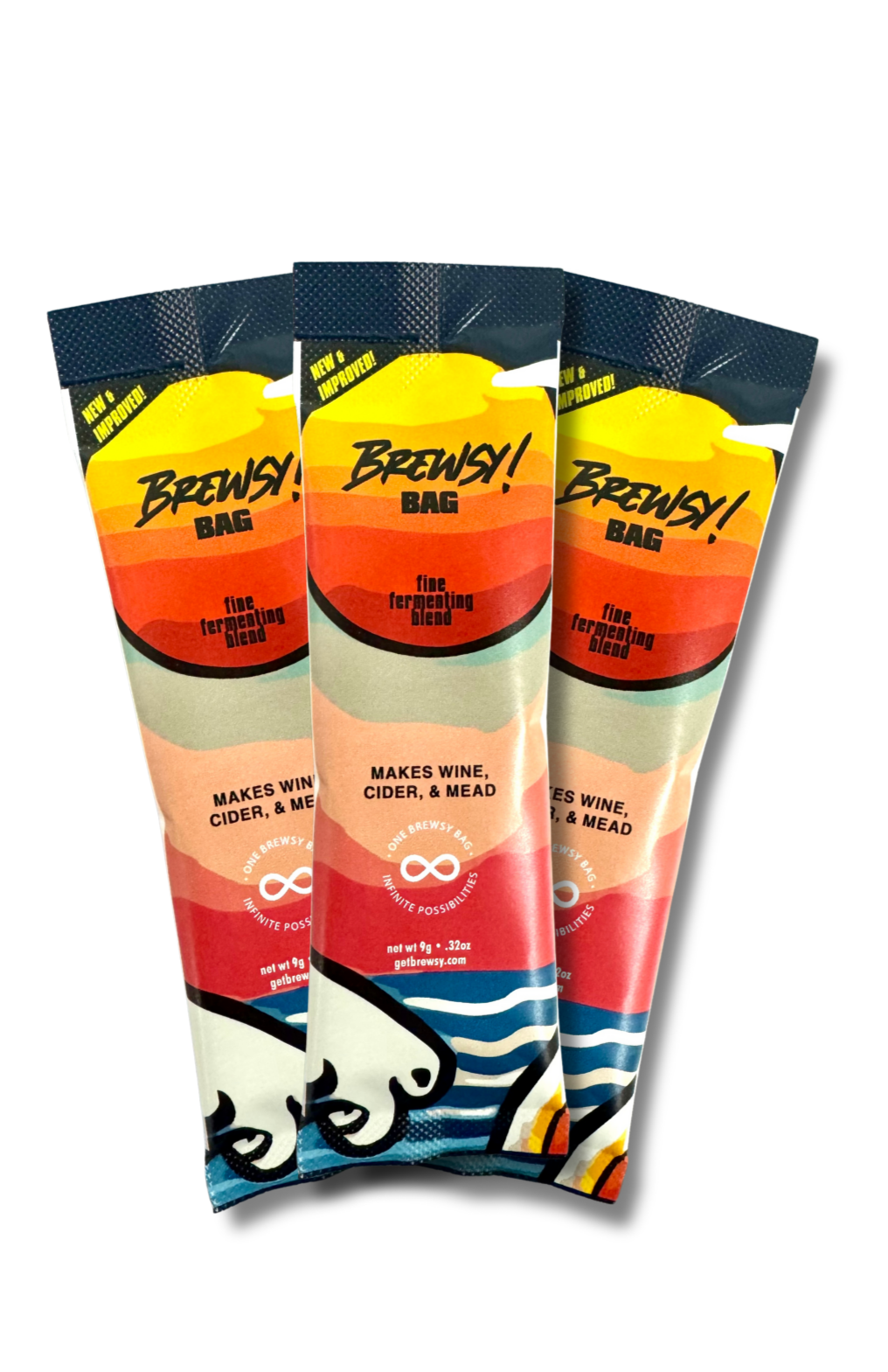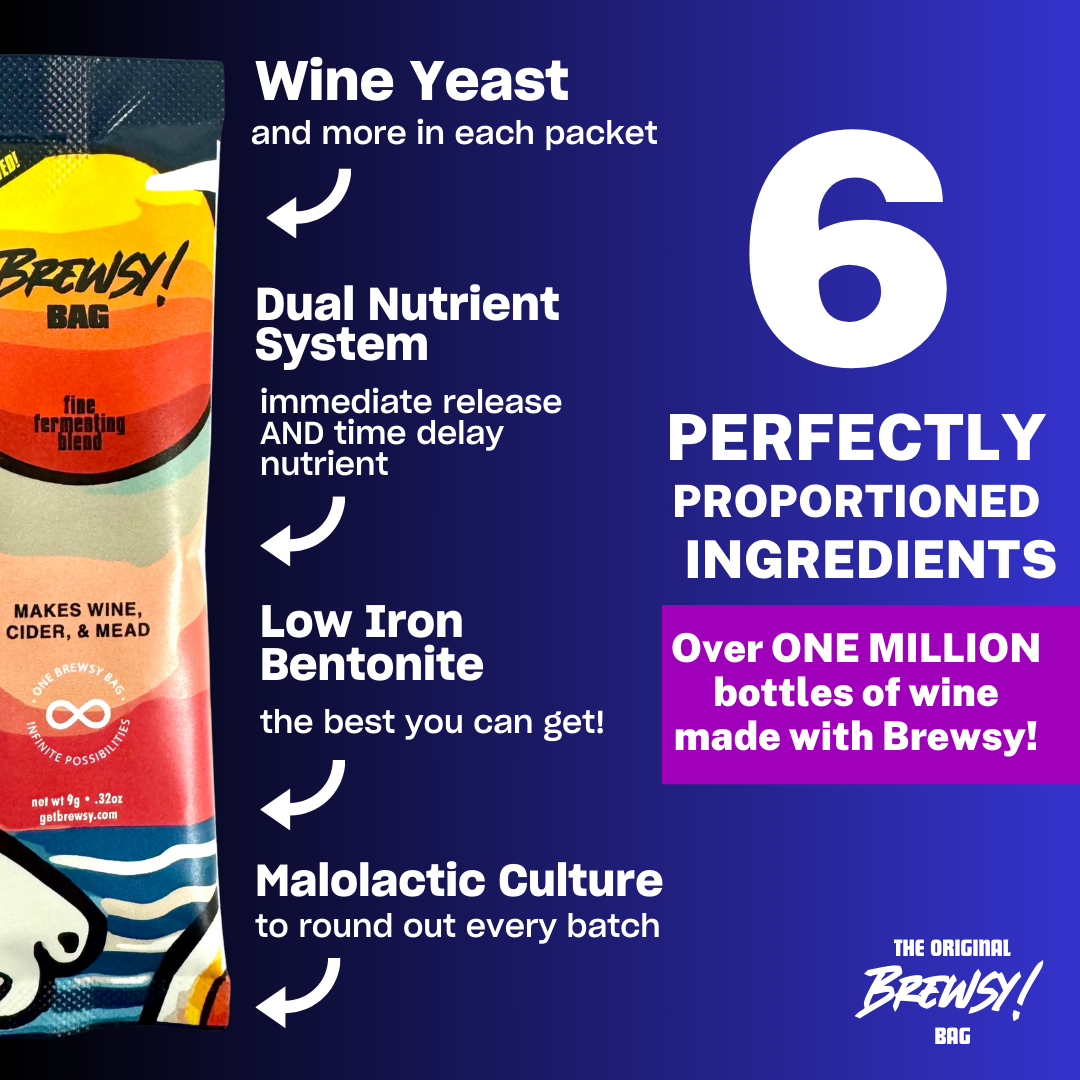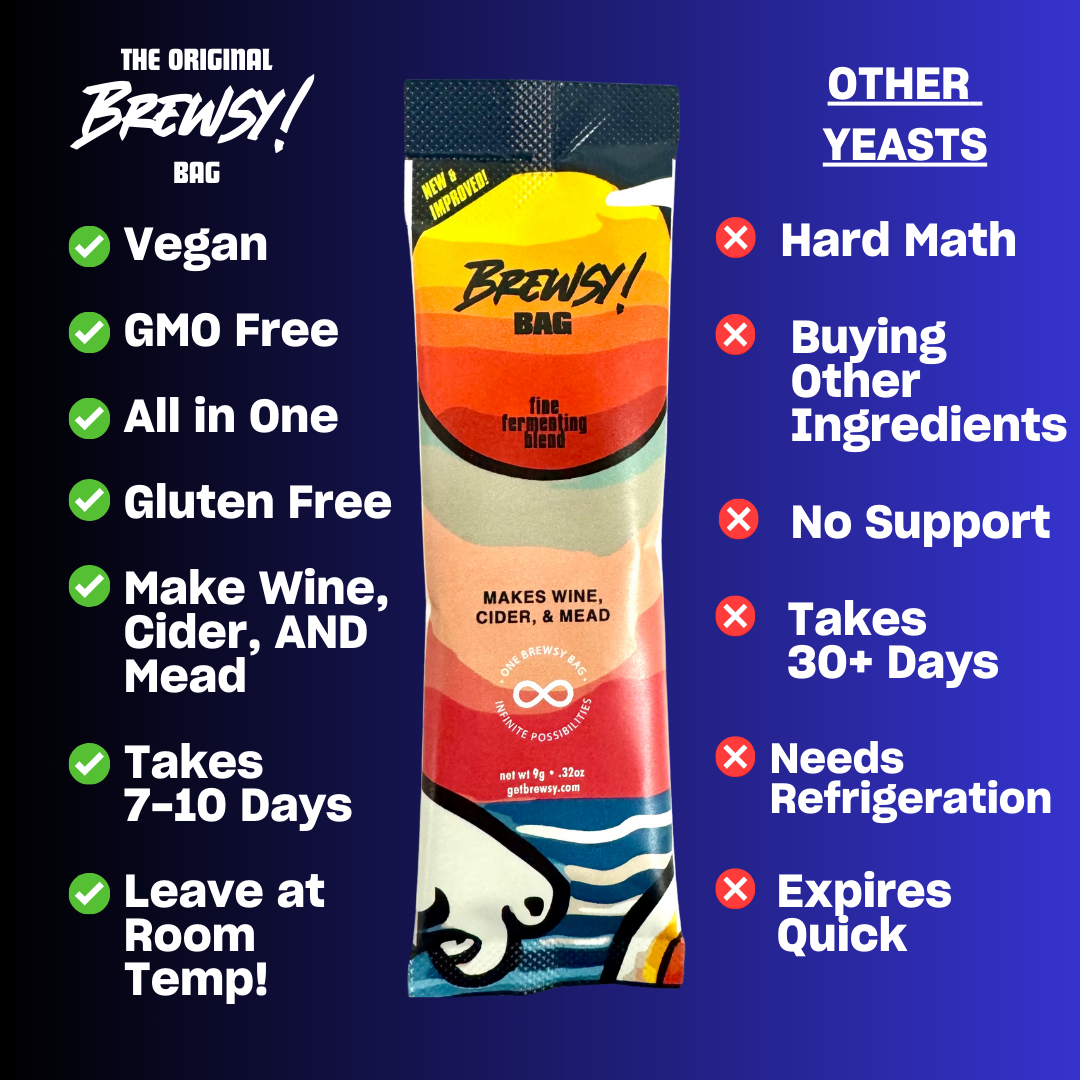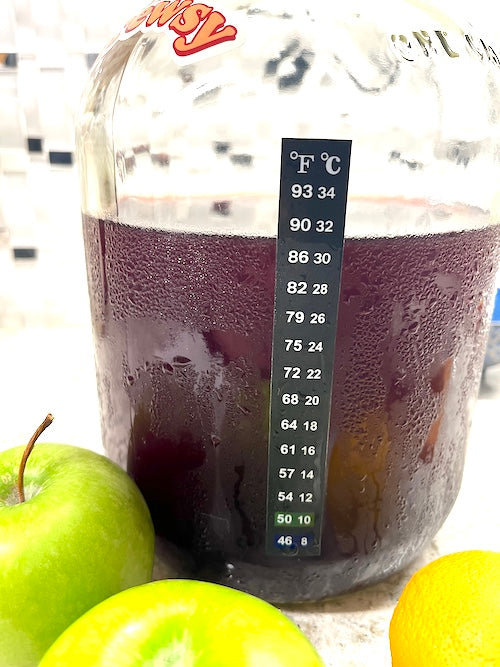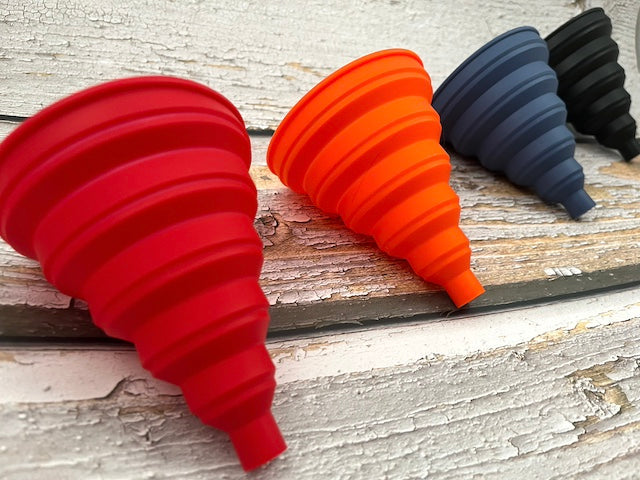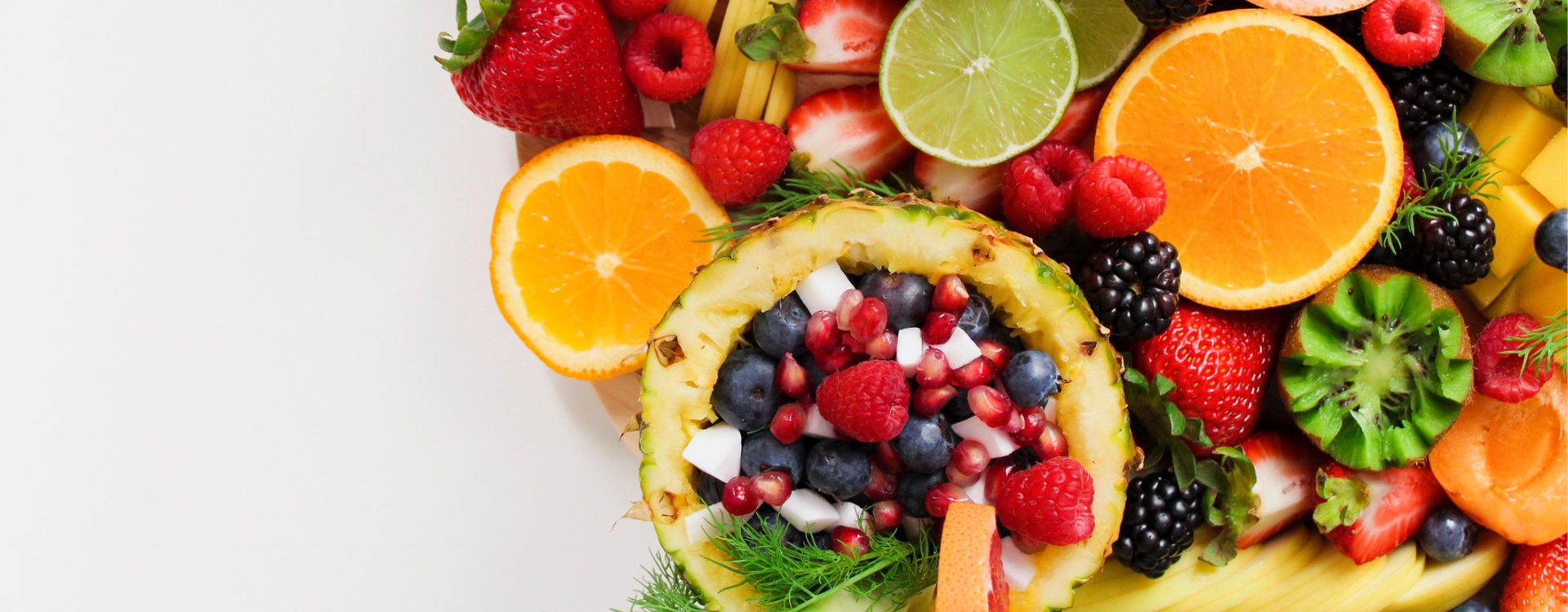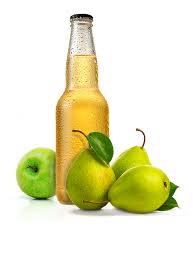
What Is Perry?
When you hear the name perry, a number of people or characters can come to mind: Katy Perry, Perry Mason, and even Perry the Platypus, but did you know that perry is also a type of cider? What is perry?
Cider (known in the US as hard cider) has been around for, at least, a couple of thousands years; recorded when Julius Caesar attempted his first invasion of Britatin in 55 BCE. This discovery, he would take with him all throughout his retreat through Europe. Nowadays, cider still remains one of the most popular drinks in its native land, the United Kingdom, that also houses the largest cider-making companies in the world. Now with pears being closely related to apples, it was only inevitable that a pear-based cider was going to be introduced, and this is perry (plural perries).
How to make perry?
As with cider, making perry is about finding a good pear... or twenty pounds of it. Yes, it is a lot of pears, but that is roughly the amount need for a gallon of fresh-pressed pear juice. Alternatively, of course, one can also buy pear juice ready-made and immediately drinkable. Ultimately, the source of the juice is dealer's choice.
Pears are nowhere near as sweet as grapes - 17g per medium pear versus 23g per cup of grapes - so, naturally, you will want plenty of sugar to feed the yeast. However, ultimately, the sugar content can be derived using the drink designer, but two to three cups is a good start.
Similar to cider, start by transferring the pear juice and sugar in a gallon jug, and let the sugar completely dissolve; shaking and/or swirling can help with this. Once it has dissolved, simply throw in a Brewsy bag, pop on the lid, shake violently vigorously, replace the cap with an airlock, and let the yeast do what it does best; turning sugar into alcohol.
Why is called perry?
One would think the name is affectionately derived from the fruit of which this cider is made, but you would also be wrong. The name, in fact, comes from the particular variety of pear originally, and still traditionally, used to make the drink.
This particular cultivar is generally thought to be a descendant of hybrid pears, specifically the cultivated pear Pyrus communis subsp. communis, and the now-rare wild pear Pyrus communis subsp. pyraster. Science is cool.
What is the history of perry?
While it has been around for a long time, it has been especially common in the English counties of Gloucestershire, Herefordshire, and Worcestershire (you know, like the sauce, pronounced /WOOS-tuh-shuh/), but it can also be made in certain areas of South Wales and France, specifically in Normandy. The earliest mentioned a fermented pear beverages was made from Pliny, an ancient Roman author.
It can also be found in Canada, Australia, and New Zealand. Sadly, the production of perry saw a decline in the early 20th century due to a change in farming practices, however, in spite of a massive loss of pear orchards in the 70s and 80s, it has seen a revival in recent years.
Similar to granny smith's apples used for apple pies, perry pears were originally found to be a little too acidic and bitter for culinary purposes, but, people being people who love their alcohol drinks, found a use for them.
Got pears? Maybe it is time to make perry.

